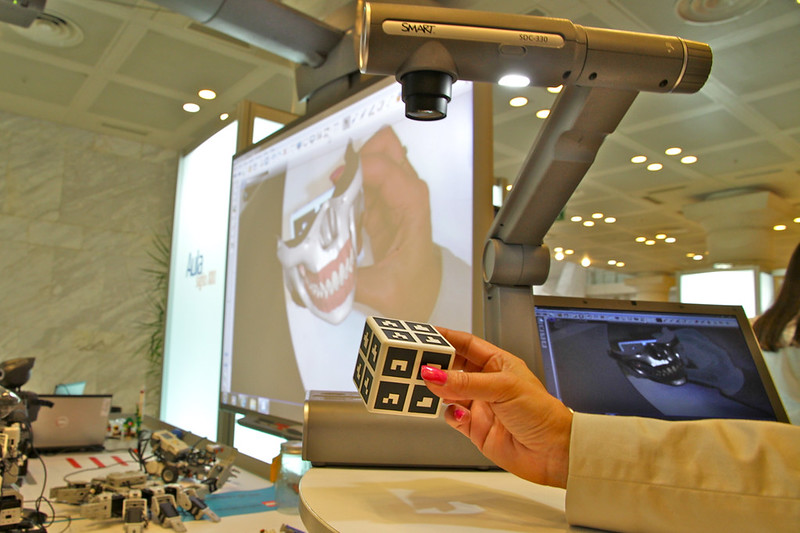Currently, most countries already include computing as a common core subject, starting in primary school. However, there are very few cases where computer learning has expanded beyond learning information technology or office automation. These few countries really pay attention to encouraging creativity through computer science and see it as a fundamental educational tool to expand the child’s imagination.
What is it?
It could be defined as the combination of computing with creativity (creative computer science or creative computing), designed mainly for children and young people. In a nutshell, it focuses on learning a simple programming language, which through their creativity, allows them to develop their potential. They are encouraged to create games, programs, or applications. The majority of children and young people are users of mobile devices (tablets, computers, smartphones, etc.). While kids love using these gadgets, rarely do they progress beyond being a user. Fostering creativity by teaching computer science creates a paradigm shift. Kids stop being a simple consumer of the device. But, they also to design and develop applications that they and others can uses. Kids learn how to move from being a consumer to a producer.
What are the benefits?
Several studies were started since the introduction of creative computer science, tracking the program’s impact. Data trends show excellent results in developing cognitive areas. Technical aptitude and logic learning skills also showed improvements.
Top Benefits
- Logical Thinking – Mathematics
- Creativity
- Experimentation e Self-taught initiative
- Reasoning and problem solving

Social Benefits
Furthermore, other benefits have documented by contrasting the children who participated in this type of program to those that have not. The results show an improvement in the way kids communicate and how they express themselves in the larger society. A key difference between children within the program is that the kids encouraged to express their creativity were more open to positive criticism and did not get their feeling hurt too easily. This type of study also showed that when these children try to solve problems, they seek the support of their peers. Even while adults are present, students preferred to ask their classmates.
A clear example of the above mentioned, Antonio García Vicente, an 8-year-old Spanish boy who says his experience with programming changed his life.
Should children learn to program?
Undoubtedly there are many benefits of creative computing. This is why I agree with experts that say the new generations should learn to program at an early age. Not to mention that in the future, the majority of high paying professions and new jobs will require computer science skills. This unique educational approach also leads young people to be better adapted to our modern life. Additionally, it includes boosting their social skills.
Popular platforms where young students can start experimenting are the following:
Conclusion
Programming is now an essential skill for our modern information age. Without a doubt, it will continue to be important far into our future. We need to embrace this program for developing our children to give them every advantage for creating a better world for themselves.


